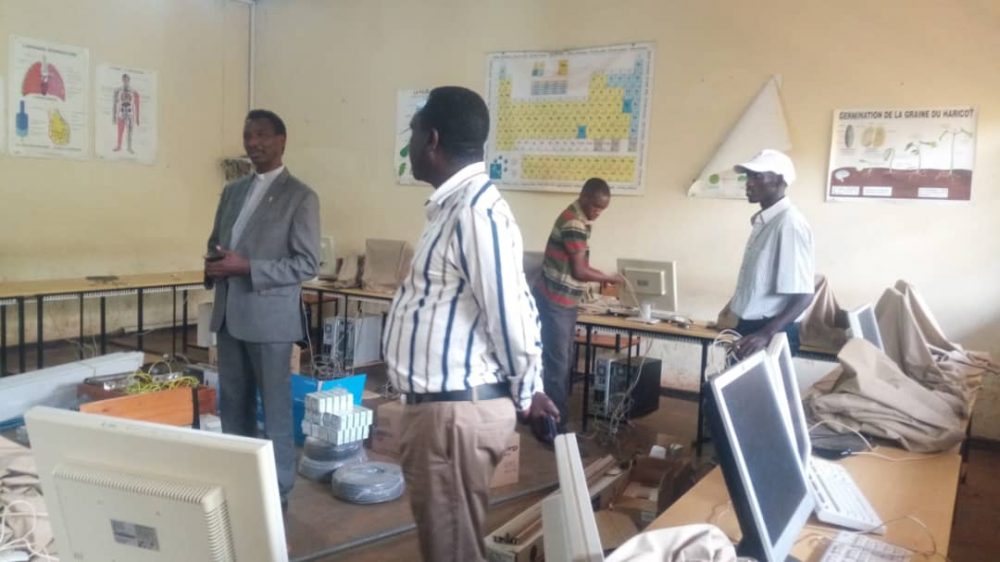

Subdivision of land to sons, and redistribution to returning refugees, results in smaller, overworked, and less productive plots. About 90% of the population relies on subsistence agriculture.

Kirundi 29.7% (official), Kirundi and other language 9.1%, French (official) and French and other language 0.3%, Swahili and Swahili and other language 0.2% (along Lake Tanganyika and in the Bujumbura area), English and English and other language 0.06%, more than 2 languages 3.7%, unspecified 56.9% (2008 est.) ReligionsĬatholic 62.1%, Protestant 23.9% (includes Adventist 2.3% and other Protestant 21.6%), Muslim 2.5%, other 3.6%, unspecified 7.9% (2008 est.) Demographic profileīurundi is a densely populated country with a high population growth rate, factors that combined with land scarcity and poverty place a large share of its population at risk of food insecurity. Hutu (Bantu) 85%, Tutsi (Hamitic) 14%, Twa (Pygmy) 1%, Europeans 3,000, South Asians 2,000 Languages Noun: Burundian(s) adjective: Burundian Ethnic groups Landlocked straddles crest of the Nile-Congo watershed the Kagera, which drains into Lake Victoria, is the most remote headstream of the White Nileġ1,099,298 note: estimates for this country explicitly take into account the effects of excess mortality due to AIDS this can result in lower life expectancy, higher infant mortality, higher death rates, lower population growth rates, and changes in the distribution of population by age and sex than would otherwise be expected (July 2016 est.) Nationality Party to: Biodiversity, Climate Change, Climate Change-Kyoto Protocol, Desertification, Endangered Species, Hazardous Wastes, Ozone Layer Protection, Wetlands signed, but not ratified: Law of the Sea Geography - note Soil erosion as a result of overgrazing and the expansion of agriculture into marginal lands deforestation (little forested land remains because of uncontrolled cutting of trees for fuel) habitat loss threatens wildlife populations Environment - international agreements Nickel, uranium, rare earth oxides, peat, cobalt, copper, platinum, vanadium, arable land, hydropower, niobium, tantalum, gold, tin, tungsten, kaolin, limestone Land useĪrable land 38.9% permanent crops 15.6% permanent pasture 18.8% forest: 6.6% other: 20.1% (2011 est.) Irrigated landįlooding landslides drought Environment - current issues Highest point: Heha 2,670 m Natural resources Mean elevation: 1,504 m elevation extremes: lowest point: Lake Tanganyika 772 m Hilly and mountainous, dropping to a plateau in east, some plains Elevation Total: 1,140 km border countries (3): Democratic Republic of the Congo 236 km, Rwanda 315 km, Tanzania 589 km CoastlineĮquatorial high plateau with considerable altitude variation (772 m to 2,670 m above sea level) average annual temperature varies with altitude from 23 to 17 degrees Celsius but is generally moderate as the average altitude is about 1,700 m average annual rainfall is about 150 cm two wet seasons (February to May and September to November), and two dry seasons (June to August and December to January) Terrain

Slightly smaller than Maryland Land boundaries Total: 27,830 sq km land: 25,680 sq km water: 2,150 sq km Area - comparative Central Africa, east of the Democratic Republic of the Congo, west of Tanzania Geographic coordinates


 0 kommentar(er)
0 kommentar(er)
